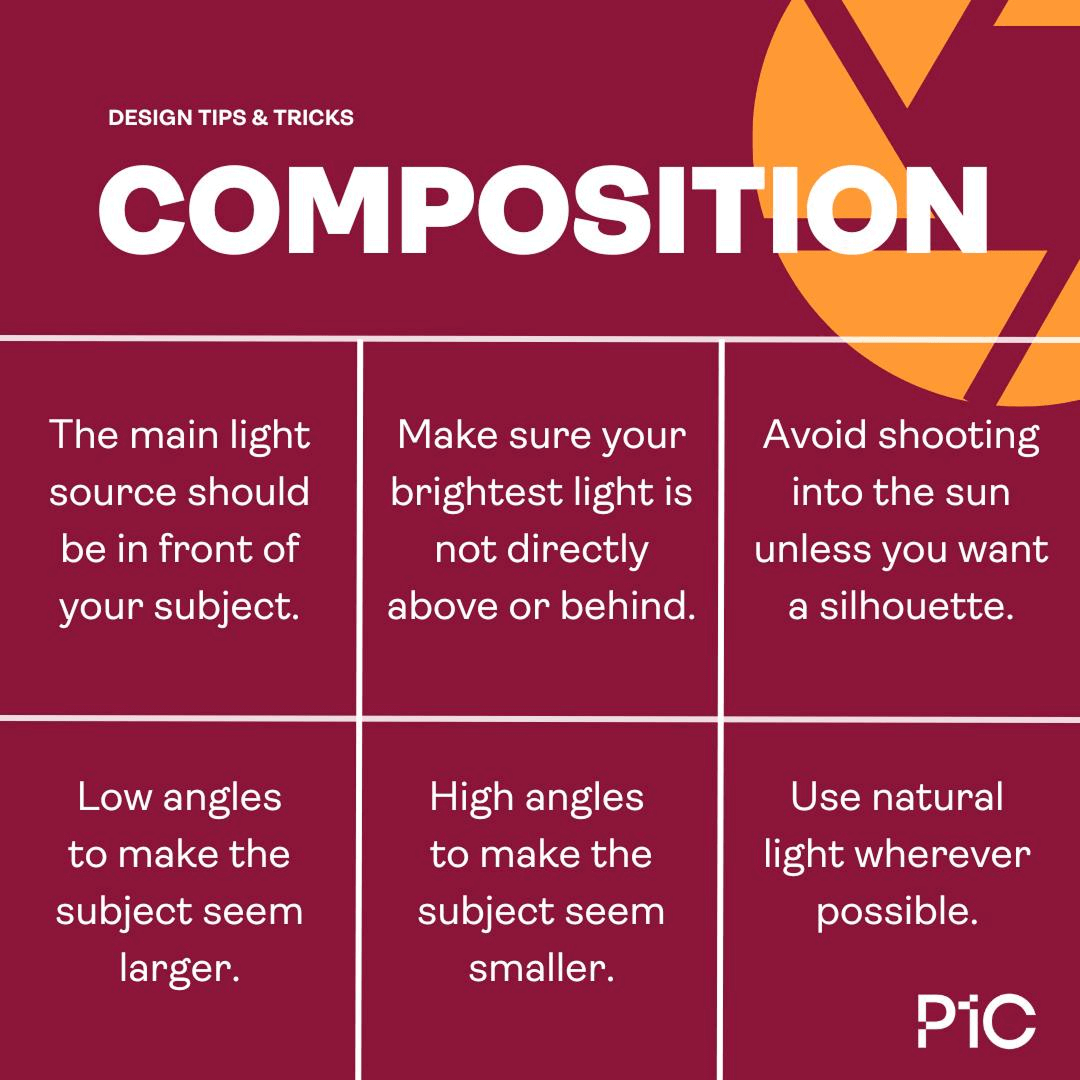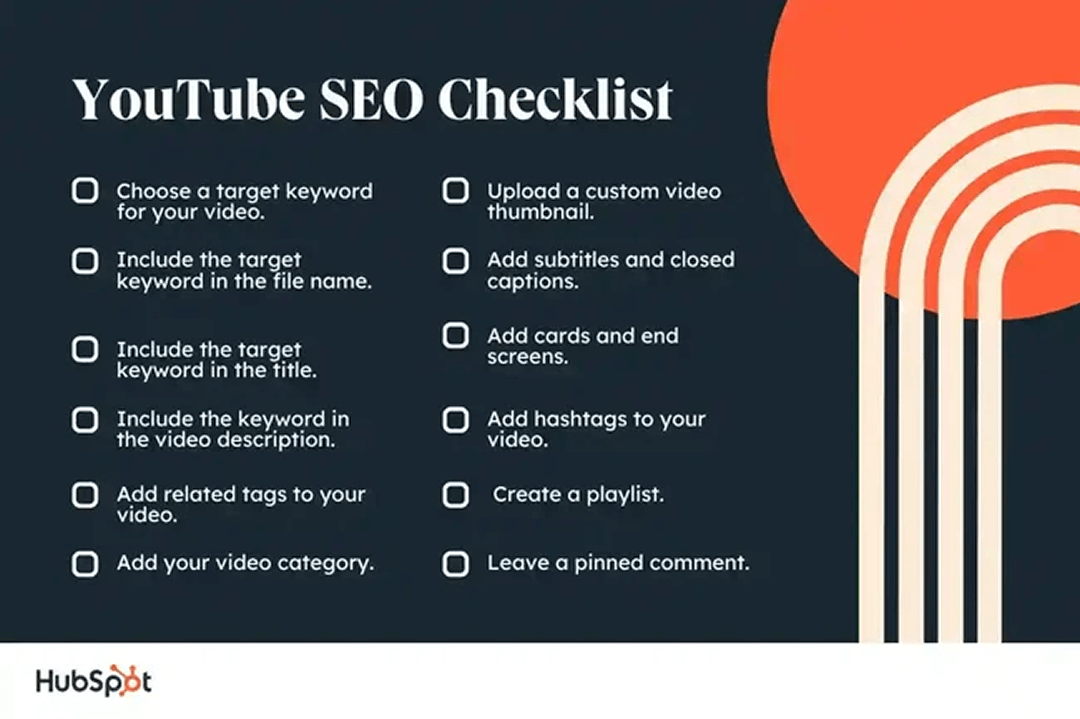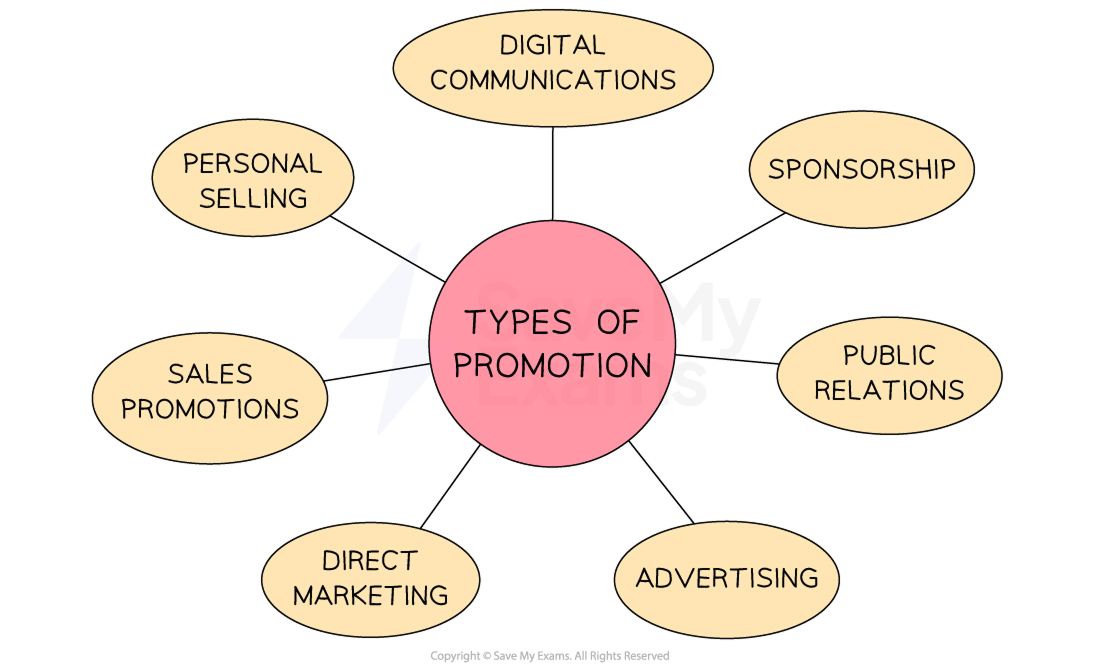Hitting “Publish” on a new YouTube video can feel like a gamble. You’ve poured hours into planning, filming, and editing, but what happens next is often left to chance and the mysterious whims of the algorithm. The difference between a video that soars and one that sinks isn’t luck; it’s strategy. A comprehensive launch checklist transforms hope into a repeatable process, ensuring every piece of content gets its best shot at success.
Before you even think about hitting record, the groundwork for a successful video is laid. This pre-production phase is all about strategy and preparation, preventing wasted effort down the line.
Pre-Production: The Foundation of a Great Video
The first step in pre-production is idea validation and keyword research. Ask yourself: is there truly an audience for your topic? Use tools like Ahrefs’ free YouTube Keyword Tool to check search volume and better understand what people are searching for. The sweet spot is where your passion meets audience demand. Once your topic is defined, move on to scripting or outlining. Even if you plan a conversational delivery, a basic outline helps keep your content structured and ensures you hit all the key points. For more in-depth or technical subjects, a full script can make a significant difference and save editing time later.
Next, gather your gear. This includes checking your camera, microphone, lighting setup, and any additional props you’ll need. Always do a test recording to make sure everything is functioning correctly. Few things are more frustrating than realizing an audio problem ruined your footage after you’ve filmed it all.
Production & Filming: Capturing Quality Content
When it’s time to shoot, start by setting the scene. Your background should be clean, uncluttered, and well-lit. Lighting plays a critical role in perceived quality, more so than the camera itself in many cases. Equally important is your audio. Viewers are far more forgiving of mediocre visuals than poor sound. That’s why using an external microphone and recording in a quiet environment is highly recommended to avoid echo and background noise.

Don’t forget to shoot B-roll, supplementary footage that adds depth and interest to your video. This could include screen recordings, product shots, or clips of yourself demonstrating something relevant. B-roll makes your content more dynamic, helps convey your message more clearly and get your initial YouTube views that you need.
Post-Production: Polishing Your Masterpiece
After filming, the post-production process begins by assembling your A-roll, which forms the primary narrative of your video. Then, enrich the story by incorporating B-roll, text overlays, and other graphics that help clarify complex ideas and maintain visual interest. As you edit, pay attention to sound design and music. Ensure the audio levels are consistent throughout, and use background music from a service like Artlist to create mood, just be careful that the music doesn’t overpower your voice.
Color correction and grading are also essential. Adjusting brightness, contrast, and saturation can create a consistent, professional look across your video. Even minor enhancements can elevate the quality and make your video more engaging.
Optimization & Publishing: A YouTube SEO Win
With your video polished, the next step is optimization, where you help YouTube understand your content and ensure it reaches the right audience. Begin by crafting a compelling title that includes your main keyword. It should spark curiosity while still being algorithm-friendly. Follow up with a keyword-rich description. The first few lines are crucial since they appear in search results, so be sure to include your primary keyword early, summarize the content accurately, and add relevant links and a clear call to action.

Tags also play a role in discoverability. Use a mix of broad and niche-specific tags that accurately reflect your video’s content, thinking about what users might type into the search bar. Your thumbnail should be designed like a billboard, high-contrast, easy to read, and emotionally compelling. Tools like Canva can help you create eye-catching designs even without graphic design skills.
Don’t forget to add cards within the video to link to other relevant content and use end screens in the final 5–20 seconds to guide viewers toward more of your videos, playlists, or your subscribe button. Finally, when uploading, choose “Private” or “Unlisted” initially. This allows you to review the final product and lets YouTube process the video in full HD. Schedule your publish time based on when your audience is most active to maximize initial engagement.
Promotion: Spreading the Word
After publishing, shift into promotion mode. Share your video natively across social media platforms where your audience already spends time. Don’t just drop a link, explain why people should care and what value the video provides. If you have an email newsletter, now’s the time to use it. Your email list consists of your most loyal followers, making them likely to watch, like, and comment early on, giving your video a strong initial push.

Engage with communities on Facebook groups, Reddit, and niche forums where your video can offer real value. Be sure to contribute genuinely rather than simply promoting. Early momentum is critical; videos that perform well in the first few hours are more likely to be picked up by the algorithm. Some creators even find that achieving a higher initial view count helps establish social proof, which can attract more organic viewers.
Lastly, make it a point to respond to every comment during those first few hours. Viewer interaction not only boosts engagement metrics but also helps you build a loyal community around your content.
Frequently Asked Questions (FAQ)
How can I monetize my YouTube channel beyond ads?
Aside from AdSense, you can explore channel memberships, Super Chat during live streams, affiliate marketing, merchandise shelves, and sponsorships.
Should I create YouTube Shorts alongside regular videos?
Yes. Shorts can help you reach a wider audience and drive traffic to your main channel content. They also perform well on mobile.
Do I need a niche for my channel to grow?
Having a niche helps attract a loyal audience and makes it easier for YouTube’s algorithm to recommend your content to the right viewers.
How often should I post new videos?
Consistency is key. Whether it’s once a week or biweekly, stick to a schedule your audience can rely on.
Can I reuse content from other platforms like TikTok or Instagram?
Yes, but make sure it’s adapted for YouTube’s format and doesn’t have watermarks. Reusing without context or quality adjustments may hurt engagement.


